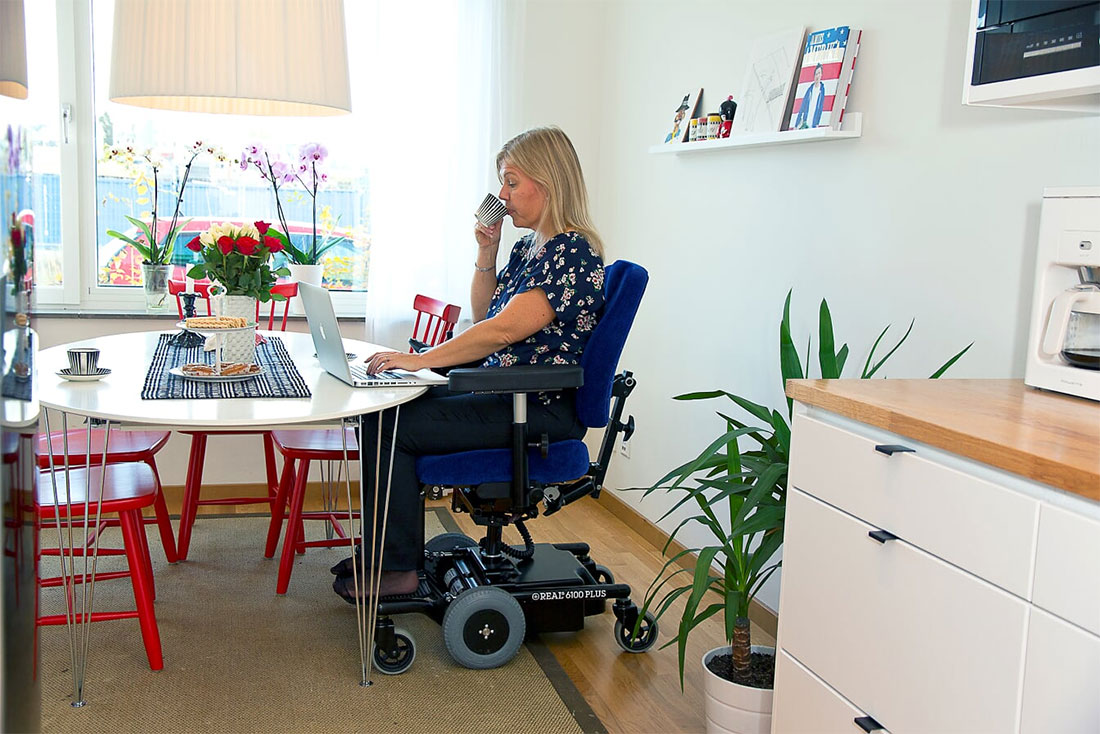In recent years, many have asked, ‘Is kyphoplasty safe for elderly’ patients? As people age, health challenges such as back pain often increase. Understanding the safety and effectiveness of procedures like kyphoplasty is vital for seniors and their caregivers.
Kyphoplasty is designed to treat spinal deformities, particularly compression fractures often caused by osteoporosis. As we explore this topic, we’ll consider the various aspects of the procedure, weighing the pros and cons for elderly patients. The goal is to provide a clear view of what kyphoplasty entails, enabling informed decisions.

Understanding Kyphoplasty
Kyphoplasty is a minimally invasive surgery used to repair vertebral compression fractures. It involves inserting a balloon-like device into the fractured vertebra and then filling it with bone cement. By doing so, it aims to restore the height of the vertebra, reducing pain and preventing further spinal deformity.
But, is kyphoplasty always suitable for elderly patients? Lets explore this further by diving into the specifics of the procedure and considering individual health factors.
Why Elderly Patients Consider Kyphoplasty
With age, bones become frailer, increasing the risk of fractures. Conditions like osteoporosis are common in older adults, making procedures like kyphoplasty attractive options for managing pain and maintaining mobility. However, seniors must evaluate whether the procedure aligns with their health conditions.
Benefits of Kyphoplasty for Seniors
- Alleviates acute back pain.
- Improves mobility and posture.
- Minimizes the risk of further fractures.
For many seniors, the quality of life improvements following a successful procedure are significant. Enhanced mobility and reduced pain can mean greater independence and enjoyment in daily activities.
Risks and Considerations
While the benefits are enticing, there are risks associated with any surgical procedure. Elderly individuals must weigh these risks with a healthcare professional’s guidance. Considerations include:
- Potential for surgical complications, like infection.
- The individual’s overall health and comorbidities.
- The skill and experience of the surgical team.
In-depth discussions with healthcare providers can help assess whether the potential benefits outweigh these risks.
How Kyphoplasty Compares with Alternative Treatments
While kyphoplasty is effective for many, there are alternatives worth considering. These include conservative treatments like physical therapy, bracing, pain management strategies, and more invasive procedures such as vertebroplasty. Exploring these options is crucial, particularly for those who may not be ideal candidates for kyphoplasty.
Alternative Treatments
Alternative options like physical therapy and additional non-surgical approaches might offer adequate relief for some patients. Each option should be thoroughly evaluated for effectiveness and safety concerning the elderly’s unique health profiles.
Implementing strategies for increasing appetite in seniors can also assist in ensuring a healthier overall state pre and post-procedure. You can learn more about such dietary strategies here.
The Role of Medical Advice in Decision Making
Consultation with an experienced spine surgeon can provide insights into how previous health issues might impact surgical outcomes. Selecting a specialist who explains the procedures and potential recovery pathways, tailored to the persons health history, is vital.
Moreover, for caregiving and postoperative care, understanding how to care for an elderly person post-surgery can influence recovery quality and speed.
Advancements in Surgical Techniques
In recent years, advancements in kyphoplasty techniques have enhanced safety outcomes. Developing materials and improved surgical practices ensure safer procedures and foster recovery, even for seniors.
Assessing Personal Health Profiles
Each patient’s health profile should guide surgical decisions. Factors such as cardiovascular health, bone density, and concurrent medications can all influence outcomes. Engaging in a holistic health assessment ensures preparedness for surgery.
Regularly monitoring and catering to specific conditions like atrial fibrillation can be crucial for making informed healthcare decisions. Resources like those described here can offer additional guidance.
Emotional and Psychological Considerations
Beyond physical factors, emotional readiness also plays a role. Surgery can be daunting, and understanding emotional resilience is part of holistic preparation.
Success Rates and Patient Satisfaction
Studies indicate high satisfaction rates among elderly patients having undergone kyphoplasty, highlighting its effectiveness in restoring quality of life for many.
Post-Surgical Care and Recovery
Effective postoperative care is key to maximizing surgery benefits. Encouraging mobility, managing pain, and employing proper nutrition all contribute to a smoother recovery.
Insights into managing pain and daily activities for bedridden seniors can be found here.
Conclusion: Weighing the Options
In determining if kyphoplasty is the right choice, evaluating its risks versus rewards is critical. Constantly evolving medical insights indicate kyphoplasty can be a viable option for many elderly patients. However, personal health conditions, readiness, and support networks should guide decisions.

FAQs
What exactly is kyphoplasty?
Kyphoplasty is a surgical procedure aimed at treating vertebral compression fractures by restoring vertebra height and reducing pain.
How long does recovery take post-kyphoplasty?
Typically, recovery is swift, with many patients resuming normal activities within a few days.
Is kyphoplasty covered by insurance?
Coverage depends on individual insurance plans and medical necessity as assessed by a healthcare provider.
This article contains affiliate links. We may earn a commission at no extra cost to you.

